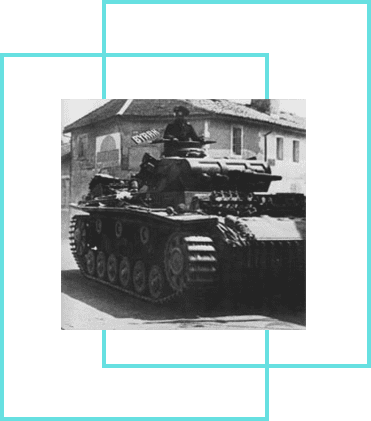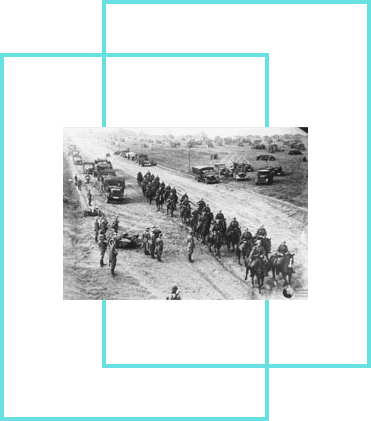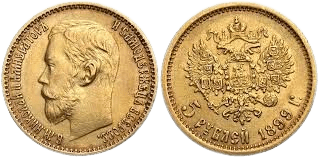The Oslo Report
The Oslo Report was one of the most spectacular leaks in the history of military intelligence. Written by German mathematician and physicist Hans Ferdinand Mayer on November 1 and 2, 1939, during a business trip to Oslo, Norway, it described several German weapons systems, current and future.
Mayer mailed the report anonymously in the form of two letters to the British Embassy in Oslo, where they were passed on to MI6 in London for further analysis and proved to be an invaluable resource to the British in developing counter-measures, especially to navigational and targeting radars, and contributed to the British winning the Battle of Britain.
Hans Ferdinand Mayer received his doctorate in physics from the University of Heidelberg in 1920. After spending two years as a research associate there in his doctoral supervisor's (Philipp Lenard) laboratory, he joined Siemens AG in 1922. He became interested in telecommunications and joined Siemens's communication research laboratory, becoming its director in 1936. Because of this position, he had contacts all over Europe and the United States and had access to a wide range of information about electronics development in Germany, especially in the military sector.
After Hitler invaded Poland on September 1, 1939, Mayer decided to divulge to the British as much as he could about military secrets to defeat the Nazi regime. He arranged a business trip to Scandinavia in late October 1939. He arrived at his first scheduled stop, Oslo, Norway, on October 30, 1939, and checked into the Hotel Bristol.
Mayer borrowed a typewriter from the hotel and typed the seven-page Oslo Report in the form of two letters over two days. He mailed the first on November 1, which asked the British military attaché to arrange for the BBC World Service to alter the introduction to its German language program if he wished to receive the Report. This was done, and he sent the Report along with a vacuum tube from a prototype proximity fuze.

He also wrote a letter to his longtime British friend Henry Cobden Turner, asking him to communicate with him via their Danish colleague Niels Holmblad.
This indirect communication path was required since Britain and Germany were at war, but Denmark was at that time neutral. Mayer continued his travels to Denmark to visit Holmblad, asking if he could relay information between himself and Turner.
Holmblad readily agreed, but once Hitler invaded Denmark on April 9, 1940, this communication route was no longer feasible. Mayer then returned to Germany. Although Mayer was arrested by the Gestapo in 1943 and was imprisoned in concentration camps until the war ended, the Nazis never knew of the Oslo Report.

On 4 November 1939, Captain Hector Boyes, the Naval Attaché at the British Embassy in Oslo, received an anonymous letter offering him a secret report on the latest German technical developments. To receive the report, all he had to do was arrange for the usual announcement of the BBC World Service's German language broadcast to be changed to "Hullo, hier ist London." This was done and resulted in the delivery of a parcel a week later, which contained a typewritten document and a type of vacuum tube, a sensor for a proximity fuze for shells or bombs. The typewritten document accompanying it became famous after its existence was revealed in 1947 and would go down in history as the "Oslo Report."
Boyes quickly appreciated the Report's potential importance and had a member of the embassy staff do a translation, which he forwarded to MI6 in London along with the original.
The Oslo Report was received with indifference or even disbelief by British Intelligence, with the notable exception of Dr. R.V. Jones, a young Ph.D. physicist who had recently been put in charge of a new field called "Scientific Intelligence." Jones argued that despite the breadth of information and a few inaccuracies, the technical details were correct and argued that all the electronic systems divulged therein be further explored. In a 1940 report, Jones summarized his thoughts.
The contribution of this source to the present problem may be summarized in the statements that the Germans were bringing into use an R.D.F. [ Radio Direction Finding, the British name for radar] system similar to our own, ... A careful review of the whole report leaves only two possible conclusions: (1) that it was a "plant" to persuade us that the Germans were as well advanced as ourselves or (2) that the source was genuinely disaffected from Germany, and wished to tell us all he knew. The general accuracy of the information, the gratuitous presentation of the fuse, and the fact that the source made no effort, as far as it is known, to exploit the matter, together with the subsequent course of the war and our recent awakening with Knickebein, weigh heavily in favor of the second conclusion. It seems, then, that the source was reliable, and he was manifestly competent.


In his 1989 book, Jones summarized the importance of the Oslo Report as follows:
It was probably the best single report received from any source during the war. ...Overall, of course, the contributions from other sources, such as the Enigma decrypts, aerial photographs, and reports from the Resistance, outweighed the Oslo contribution, but these were all made from organizations involving many, sometimes thousands of individuals and operating throughout most of the war. The Oslo Report, we believed, had been written by a single individual who, in one great flash, had given us a synoptic glimpse of much of what was foreshadowed in German military electronics.
While Jones took the Oslo Report very seriously, the Admiralty, for one, thought that the Report was "too good to be true" and therefore had to be a devious deception by the Abwehr, with its fantastic claims written by psychological warfare experts. An additional argument raised by the doubters was that no single person could have a such wide knowledge of weapons technology as discussed in the Report. This was mainly since interforce cooperation, e.g., between the Navy and Air Force, was at the time poor in both Britain and the US, and it was known that in Germany, the two organizations were virtually at war between themselves.
In fact, the Oslo Report is strongly focused - on electronic technology - and several major German companies were involved in such projects for all three-armed forces; some scientists in these companies would indeed have had a wide-ranging overview.




 Home
Home